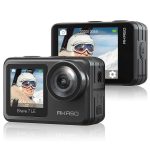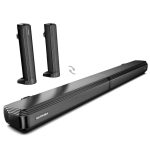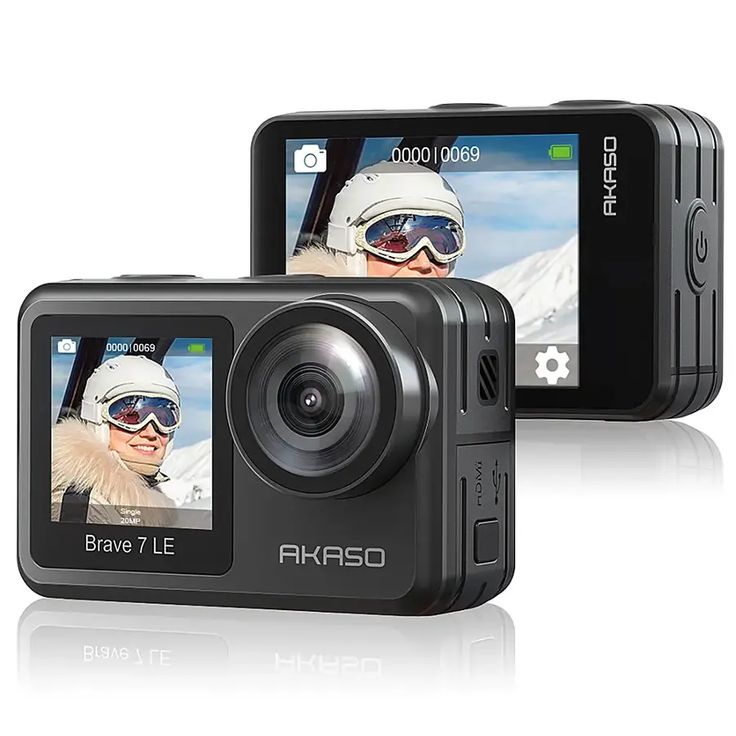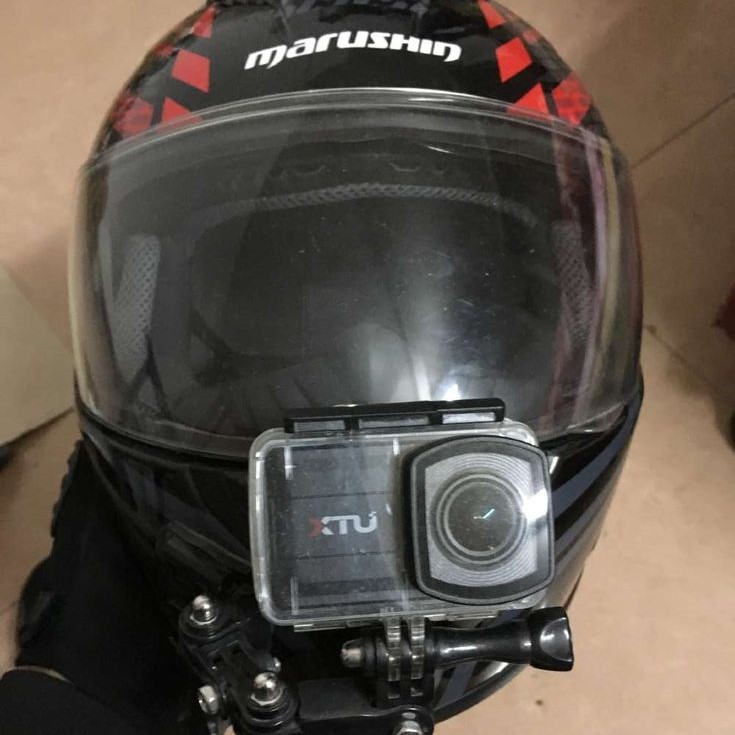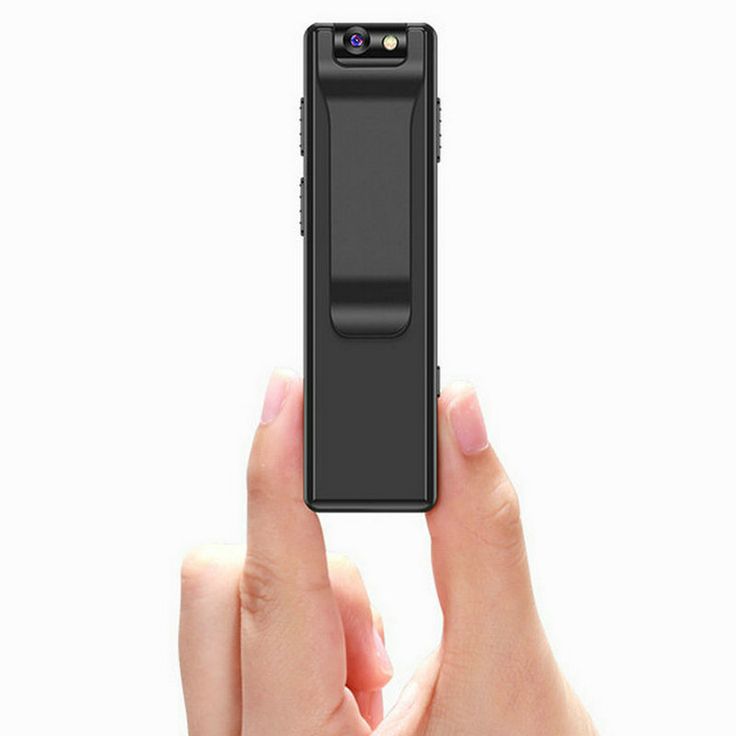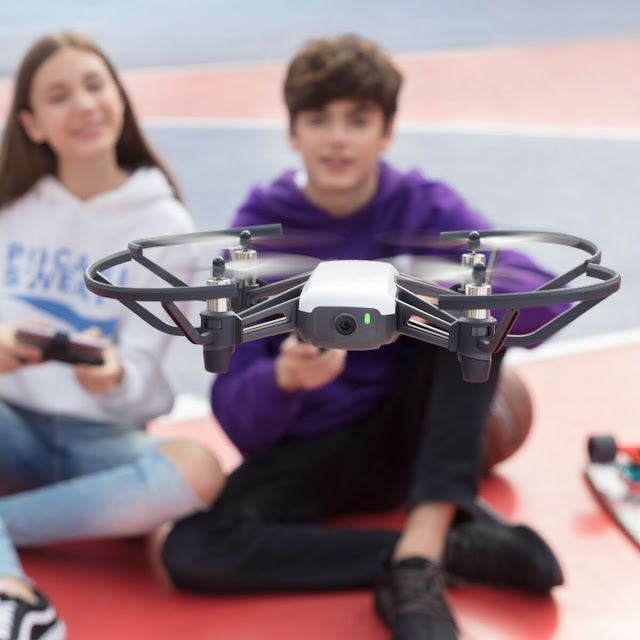Introduction
In recent years, the handheld gimbal camera has revolutionized the world of videography. This innovative equipment stabilizes shots, delivering smooth footage that was once only possible with expensive stabilization rigs or heavy equipment. Whether you’re a professional filmmaker, a passionate content creator, or just someone looking to capture life’s moments, this technology offers a game-changing solution. The handheld gimbal camera combines advanced stabilization technology with ease of use, attracting both beginners and seasoned videographers. In this article, we will explore how these devices work, their benefits, and tips for choosing the right model for your needs.

The Evolution of Handheld Gimbals
The handheld gimbal camera has transformed video production. Its roots trace back to the Steadicam, introduced in the 1970s. This innovation allowed filmmakers to capture smooth footage without heavy equipment. But it was bulky and required skill to operate.
Over time, technology advanced. Motors became smaller and more powerful. Sensors and microprocessors improved. These advancements led to the first consumer handheld gimbals in the early 2000s. These devices were simpler and more affordable than professional Steadicams. They opened up possibilities for amateur filmmakers and hobbyists.
With the smartphone boom, gimbal manufacturers saw a new market. They created gimbals that could stabilize phones for crisp, clear video. This allowed everyday users to produce high-quality results with just their phones.
Today’s handheld gimbal cameras are compact and user-friendly. They come with features like automatic tracking and smart stabilization. This makes them ideal for a wide range of users. From vloggers to professional cinematographers, the evolution of handheld gimbals has made smooth storytelling accessible to all.
Benefits
Handheld gimbal cameras offer a multitude of benefits for videographers of all skill levels. Here are some significant advantages:
- Stabilization: The primary advantage is the stabilization it provides. This feature reduces shaky footage, ensuring smooth and professional-looking videos.
- Portability: Unlike bulky camera rigs, handheld gimbals are light and easy to transport. This makes them perfect for on-the-go filming and travel vlogs.
- Flexibility: With a handheld gimbal camera, you can shoot from various angles without cumbersome setups. Creativity in your shots becomes more achievable.
- Ease of Use: Modern handheld gimbals are user-friendly. Quick setup times and intuitive controls make them accessible even to beginners.
- Versatility: They are versatile tools, fit for capturing everything from action-packed sports to quiet, intimate scenes.
- Improved Video Quality: Gimbals can handle motion better than human hands. This leads to higher-quality footage that captivates audiences.
- Cost-Effective: For many, the investment in a handheld gimbal camera is more affordable than other stabilizing equipment. It offers pro-level results without the high price tag.
Incorporating a handheld gimbal camera into your gear collection can greatly enhance the quality of your video projects. Whether you’re a hobbyist or a professional, the use of a gimbal can elevate your filming capabilities and provide a distinct advantage in creating engaging, stable, and high-quality videos.
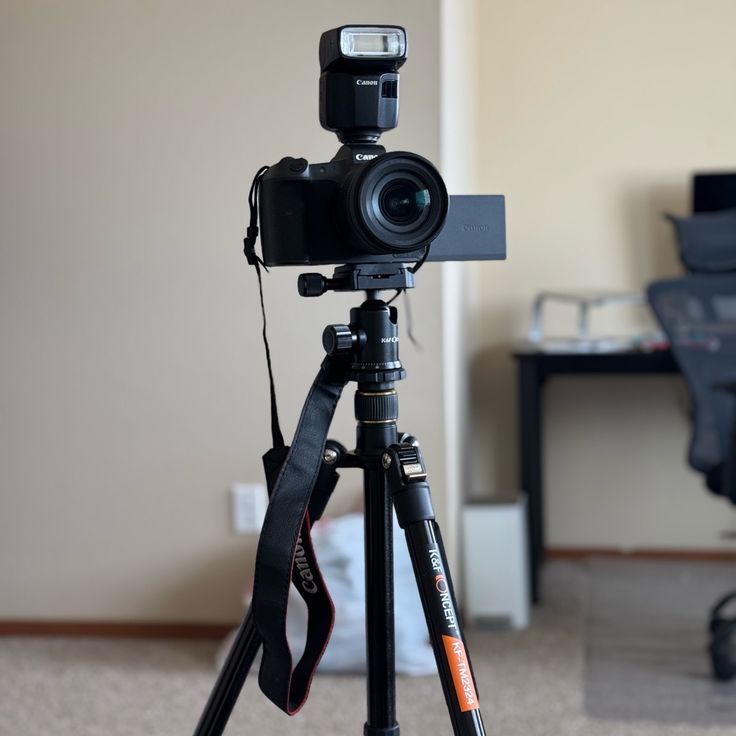
Key Features to Look for in a Gimbal Camera
When choosing a handheld gimbal camera, certain features can make or break your filming experience. Here are the key features you should consider:
- Stabilization Technology: The core of any gimbal is its stabilization. Look for advanced algorithms that promise smooth footage.
- Weight Capacity: Ensure the gimbal can support the weight of your camera. It helps prevent strain on the motors.
- Battery Life: Longer battery life means more shooting time. Opt for a gimbal with a battery that lasts at least a few hours.
- Build Quality: A durable build will withstand the rigors of shooting in various conditions.
- User Interface: A straightforward and intuitive interface will make it easier to control the gimbal’s functions.
- Modes and Features: Modes like follow, lock, and pan can aid in creative shots. Features like motion time-lapse add value.
- Compatibility: The gimbal should fit with your camera type and size. Some gimbals are designed for smartphones, others for larger cameras.
- Ease of Calibration: Quick and easy calibration ensures your gimbal is ready to go at a moment’s notice.
- Portability: A compact and lightweight design will be more convenient for travel and on-the-go filming.
These features contribute to a handheld gimbal camera’s performance and your overall satisfaction with the product. While all may not be necessary for every user, they are worth considering based on your specific needs and the type of content you aim to create.
Types
When searching for the ideal handheld gimbal camera, you’ll come across several types catered to different filming needs. Here’s a brief overview of the common types you might encounter:
Smartphone Gimbals: These are engineered specifically for smartphones, promoting ease of use and portability for mobile content creators. Compact and lightweight, smartphone gimbals are excellent for capturing smooth footage on the go.
Action Camera Gimbals: Designed for action cameras like GoPros, these gimbals are built to withstand rugged use. They often feature a tough build and are ideal for adventurous videography.
Mirrorless and DSLR Gimbals: Catering to a more professional market, these gimbals are larger and can accommodate the weight of mirrorless or DSLR cameras. They offer pro-grade stabilization and often come with more advanced features and controls.
Cinema Camera Gimbals: At the high end of the spectrum, cinema camera gimbals support heavy cinema cameras and lenses. They are generally used in professional film productions and have robust features for the most demanding tasks.
Each type of handheld gimbal camera presents unique benefits, and the choice largely depends on your camera type and the context of use. Ensuring compatibility and considering your need for portability and feature sets will help you select the best gimbal camera for your projects. Remember that the handheld gimbal camera is not just a tool, but a creative ally that can transform the way you capture video.

Tips for Capturing Smooth Video with a Gimbal Camera
Mastering the use of a handheld gimbal camera can significantly enhance your video quality. Here are some practical tips to help you capture smooth video footage:
- Practice the Basics: Get familiar with basic movements. Walk smoothly and keep your arms steady.
- Balance Your Camera: A well-balanced camera reduces stress on motors. It also ensures better stabilization.
- Use the Right Mode: Gimbals have different modes. Choose the one that fits your shooting style and scene.
- Plan Your Shots: Before recording, plan your movement. Think about the start and end points.
- Maintain a Comfortable Pace: Move at a steady pace. Sudden speeds change can make footage jerky.
- Monitor Battery Life: Check battery levels often. A dying battery can affect gimbal performance.
- Firmware Updates: Keep your gimbal updated. Manufacturers release updates that can improve stability.
- Hold It Correctly: Learn the best way to grip your gimbal. A proper hold gives you more control.
Following these tips, you can make the most of your handheld gimbal camera’s capabilities. They will also help to ensure that every video you shoot has that smooth, cinematic quality viewers love.
Popular Handheld Gimbal Camera Models
When it comes to finding the right handheld gimbal camera, the options can be overwhelming. To simplify your search, consider some of the most popular models that have been well-received by users and critics alike.
DJI Osmo Mobile
Tailored specifically for smartphone users, the DJI Osmo Mobile series excels in simplicity and ease of use.
Its compact design makes it highly portable, allowing users to carry it anywhere without hassle.
Equipped with intelligent functions such as ActiveTrack (for following subjects) and gesture control, it enhances creativity for vloggers and casual photographers alike.
The app integration provides additional features like time-lapse and panorama modes, making content creation more engaging.
Zhiyun Crane
Primarily designed for mirrorless and DSLR cameras, the Zhiyun Crane series offers unmatched versatility across various shooting scenarios.
Renowned for its smooth stabilization, the Crane line ensures professional-grade footage even during dynamic movements.
Features like motorized sliders, 360-degree rolls, and customizable settings make it a favorite among filmmakers and enthusiasts.
Compatible with a wide range of camera models, it supports heavy payloads while maintaining stability under pressure.
GoPro Karma Grip
Specifically engineered for GoPro cameras, the Karma Grip caters to adventure seekers and action videographers who demand durability and performance.
Built to withstand extreme conditions—whether underwater or at high altitudes—it delivers rock-steady footage in challenging environments.
Its modular design allows attachment to drones, mounts, or handheld grips, offering maximum flexibility for capturing unique angles.
Robust construction ensures longevity, making it an excellent investment for outdoor enthusiasts and sports lovers.

FeiyuTech AK2000
Ideal for users working with heavier mirrorless and DSLR cameras, the FeiyuTech AK2000 prioritizes strength and reliability.
With an impressive battery life that lasts up to 12 hours, it minimizes downtime during extended shoots.
A sturdy build quality ensures it can handle demanding tasks without compromising on stability or performance.
Advanced features include follow focus systems, wireless remote controls, and compatibility with external accessories, catering to both amateurs and professionals.
Moza AirCross
Lightweight yet durable, the Moza AirCross is perfect for travelers and professionals seeking convenience without sacrificing functionality.
Excellent battery performance enables uninterrupted shooting sessions, reducing the need for frequent recharges.
Boasting advanced features such as intelligent algorithms for smoother pans and tilts, gyroscopes for precise motion detection, and support for multi-axis stabilization, it meets high-end requirements.
Its ergonomic design ensures comfortable handling over long periods, making it suitable for all-day productions or on-the-go filming.
Each of these models comes with its unique strengths. They all promise to assist in delivering stable, high-quality video content. When choosing your gimbal, weigh features such as stabilization technology, compatibility, and battery life against what you need. This will ensure that your handheld gimbal camera serves as a reliable extension of your creative vision.
Creative Uses for Gimbal Cameras in Filmmaking
The handheld gimbal camera is not just for smooth walking shots. Creativity can flourish with its use. Here’s how filmmakers are using gimbals to boost their storytelling:
- Dynamic Tracking Shots: Follow characters closely through different settings without a dolly track.
- Low-Angle Views: Capture striking low-angle shots as you move with the gimbal close to the ground.
- High-Angle Shots: Hold the gimbal up high to get a bird’s-eye view of a scene.
- POV Shots: Create a sense of immersion by mimicking a character’s point of view.
Filmmakers find new ways to tell stories with gimbals. They use gimbals for smooth transitions between scenes or to add energy to a music video. Gimbals assist in documentary filming, making it easier to capture moments on the move.
Handheld gimbal cameras open doors to creative filming not possible before. With practice, they can change the way you approach video storytelling.
The Future of Handheld Gimbals and Camera Stabilization
Predicting the future of technology is always exciting. When it comes to handheld gimbal cameras, the prospects are especially thrilling. We can expect further advances that make these devices even more integrated into the filmmaking process. Here are some future trends we might see:
- Enhanced Stabilization Technologies: New algorithms and sensors will likely develop. They will provide even smoother footage under more dynamic conditions.
- Lightweight and Compact Designs: As technology advances, components become smaller. Future gimbals might be more compact yet just as powerful.
- Longer Battery Life: Battery technology is evolving. Future gimbals may last even longer, reducing the need for frequent charging.
- AI Integration: Artificial intelligence could offer automatic shot selection and tracking, simplifying the filmmaking process.
- Expanded Compatibility: We may see gimbals that can adapt to a wider range of camera sizes and types.
- Improved User Interfaces: Simpler, more intuitive user interfaces can make gimbal operation accessible to an even broader audience.
- Augmented Reality and Virtual Reality: Gimbals may play a role in creating immersive AR and VR content.
As with any technology, the key will be how these advancements enhance the storytelling capabilities of filmmakers. The potential for significant changes in the industry is high. Staying up-to-date on handheld gimbal camera developments can help you remain at the forefront of video production technology.

Conclusion
In conclusion, handheld gimbal cameras have transformed the landscape of videography and filmmaking. They enable creators to achieve stunning, stabilized shots with ease, catering to both beginners and professionals alike. As technology continues to advance, we can expect further innovations in stabilization techniques and camera features. By embracing the advantages of handheld gimbal cameras, you can elevate your filming game and produce high-quality content that captivates audiences. Whether you’re documenting a personal experience or crafting a professional project, handheld gimbal cameras are an indispensable part of your video production arsenal. Step into the world of stabilizing shots and experience the creative possibilities that await!

